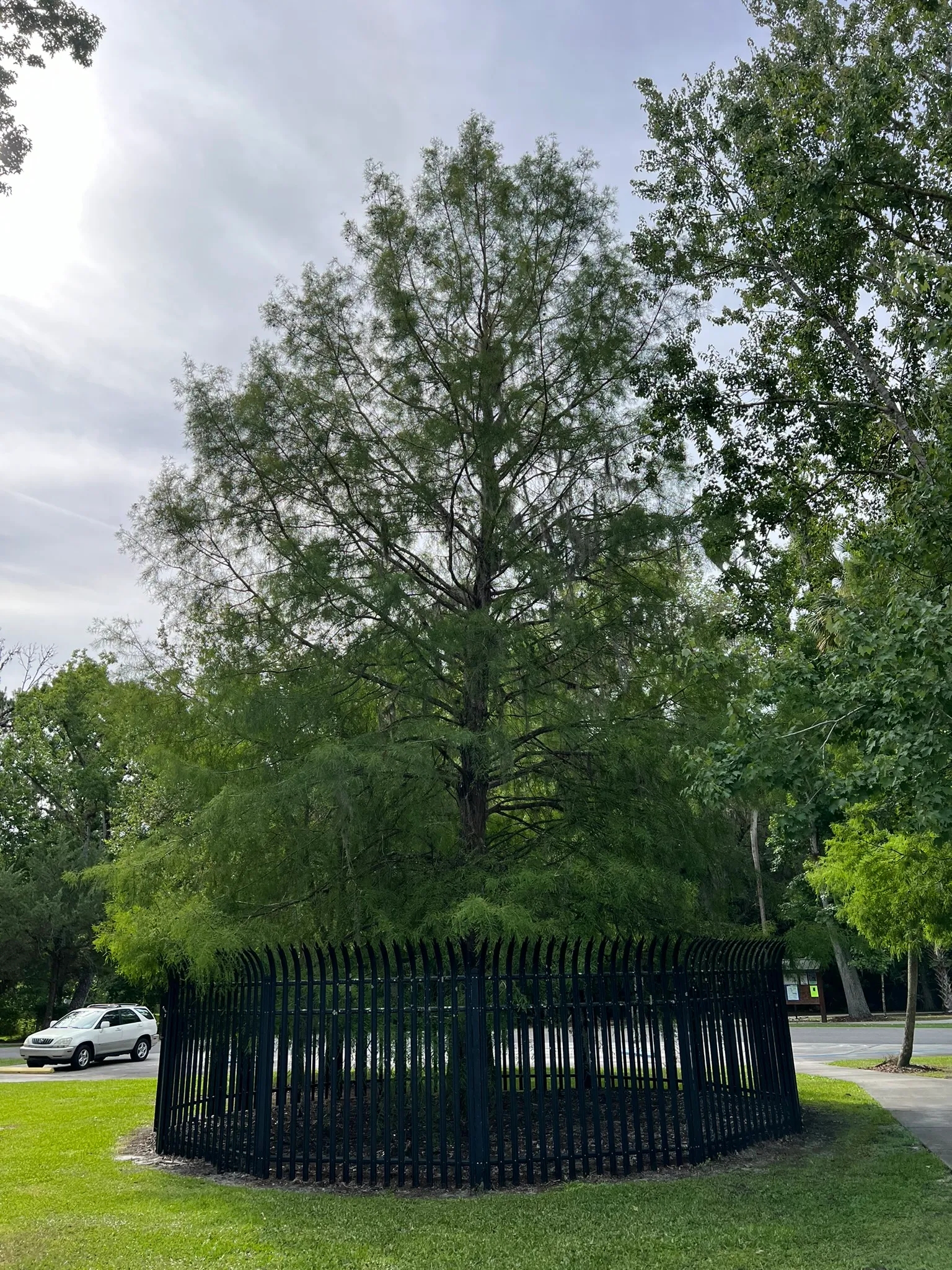Discover the Charming Southern Crabapple: A Florida Native with Showy Pink Blooms
The Southern Crabapple (Malus angustifolia) is a delightful deciduous flowering shrub or small tree native to Florida’s Panhandle. As a state-threatened species, it adds unique beauty with its showy pink spring blossoms that offer a sweet fragrance, attracting bees and butterflies. Birds and other wildlife also enjoy its small, yellow-green fruits. Adaptable to both moderately moist and dry conditions, the Southern Crabapple thrives in full sun to partial shade. While the raw fruits are astringent and sour, they are excellent for making jams and jellies, being naturally rich in pectin. This slow-growing, long-lived native makes a lovely specimen or ornamental tree for those seeking a touch of local charm and wildlife appeal.
Sizes Available
Wholesale Only
1 Gallon
$4.00
3 Gallon
$8.00
A Southern Crabapple tree in full bloom, showcasing its delicate pink blossoms against its green foliage.
Scientific Name: Malus angustifolia
Common Name: Southern Crabapple
Hardiness Zones: 8A through 9B
Height: Up to 30 feet
Spread: Up to 20 feet
Growth Rate: Slow
Foliage: Spring: Green leaves emerge alongside showy pink blossoms. The leaves are elliptic to ovate, 1 to 2 inches long with serrated margins, arranged alternately on the stems. Fall color is not prominently mentioned.
Bark: Stems and trunk bear leafy thorns, a distinguishing characteristic.
Sun: Full sun to partial shade is best for flowering and fruit production.
Soil: Tolerates moderately moist to moderately dry sandy, clay, or loam soils; prefers slightly acidic conditions.
Wildlife Value: The fragrant spring blooms attract pollinators, primarily bees and butterflies. The ripe fruits are a good food source for many birds and mammals.
Why Choose Crabapple?
Showy and Fragrant Pink Spring Blossoms:
The Southern Crabapple is celebrated for its beautiful pink, five-petaled flowers that appear in clusters in early spring. These blooms emit a very sweet fragrance, attracting pollinators and adding a delightful sensory experience to the garden.
Native to Florida and Wildlife-Friendly:
As a Florida native species, the Southern Crabapple is well-adapted to the local climate and supports native ecosystems. Its flowers attract pollinators, and its fruits provide food for birds and mammals, making it a valuable addition to wildlife gardens.
Edible Fruit for Jams and Jellies (Naturally Rich in Pectin):
While the raw fruits are sour, they are an excellent source of pectin and ideal for making delicious homemade jams and jellies without needing to add extra pectin. This offers a unique opportunity for edible landscaping.
Environmental Benefits of Planting Crabapple
This data is based on US Averages of healthy and mature trees over a 20-year period.
Check out the USDA’s MyTree Tool to input your custom location data.

CO2 Offset
A single crabapple can offset the CO₂ emissions produced by driving an average gas-powered car for 4,356 miles.

Water Filtration
A single crabapple can absorb enough stormwater to fill 463 bathtubs, reducing erosion, runoff, and supporting transpiration.

Removes Air Pollution
A single crabapple removes as much air pollution as the weight of 47 smartphones.
Featured Projects
Central Florida Lands and Timber Nursery, LLC. is a wholesale nursery specializing in a wide array of Florida native trees. With an inventory of over 2 million container-grown trees, CFLTN, LCC can meet the needs of large-scale reforestation, mitigation, and landscaping projects throughout the Southeast region.
Phone
(386) 294-1211
Address
3087 North County Road 53 Mayo, Florida 32066









